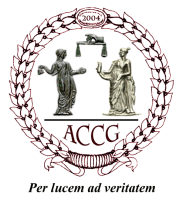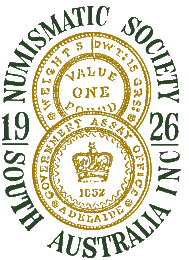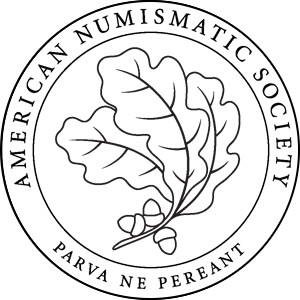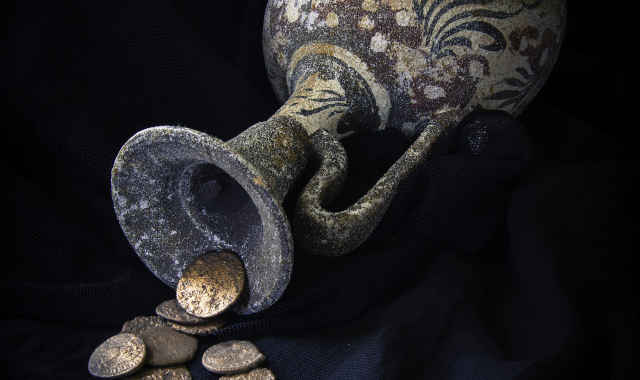Introduction
First, welcome to the Hobby of Kings!
I am sure, that like me, you will find collecting ancient coins a rich and rewarding experience. Starting out however can be a challenge. What do you collect? Where do you start? There are so many different kinds of ancient coins to choose from spanning not centuries but millennia! There are enough kinds to last a collector many lifetimes (should he or she be so lucky!). I hope that this article helps give you some ideas about how to decide what you will collect, or at least the confidence to start.
Deciding where to start
My advice to newcomers is to ignore the temptation to buy every ancient coin you see. It is tempting when you first discover how accessible ancient coins are, to rush in and start buying one after the other indiscriminately. If you do, you will soon end up with a collection filled with regret and a depleted budget.
Begin patiently. Examine the many photos of coins which are available in online resources. Study the coins you are thinking of purchasing before you commit to any purchase.
Do not listen to those who insist that you must decide on a specific area of interest or "theme" for your collecting. It may take some experience and feeling the coins in your hand before you are ready to commit to a specific pattern of collecting, or not.
My advice is to start broad and slow. Buy Ancient Greek, Roman and even Byzantine coins. Choose the highest grade examples of coins which you like and can afford. Avoid the temptation to buy a greater number of lower grade coins. Higher grade coins will always be in greater demand than lower grade coins and hence more liquid. You are also likely to develop an appreciation for a coin if you see it at it best - it is hard to admire anything more than the age and perhaps provenance of a coins is worn beyond recognition, its legends illegible and its faces and symbols unrecognisable.
Once you have bought a few coins you may decide to continue collecting broadly or begin specialising and narrowing down your interests. There is no shame in collecting coins simply because they individually appeal to you even if collectively, they do not form a unified theme. You should not feel pressured to narrow down your interests just because others do.
However if you do notice that you like some coins more than another, do not dismiss these feelings. Study them. Are you attracted to coins with bold portraits? Perhaps coins with mythological creatures? Coins with buildings or structures? Coins which are silver or bronze? Coins of a particular denomination, for example the sestertius and tetradrachm, admired for their large detailed portraits and feared for their high price. Or the denarius and drachm, whose crisp details on a smaller flan are not too exhausting on the wallet. Or coins from one ruler such as Alexander the Great, or a series of rulers such as the Roman Emperors of the Flavian Dynasty?
Even if you do not intend to follow a particular theme with collecting, asking yourself the above questions will help you make better choices when buying your next coin.
To specialise or not to specialise
The advantages of specialising are numerous. By specialising you will become familiar with the kinds of coins you are collecting. They will be easier to attribute. You will be less likely fooled by a modern forgery or a coin that has been physically altered to improve its appearance ("tooled"). You will have a vision of the collection you wish to have and the gaps in that collection will be more readily apparent.
However specialising means you potentially miss out on learning about other coins. Collecting coins of one Roman Emperor might soon make you an expert on that Emperor, his coinage and his life, but what about all the other Roman Emperors? Generalising will mean that you develop a broader understanding about ancient coins from different periods, different rulers and provinces. You may feel that you are not an expert in any one area, but you will be soon be able to identify different Roman Emperors or Rulers on each coin, the denomination and perhaps even the region, just by looking at the coin. Ancient Greek vs. Ancient Roman Coins
Ancient Roman coins are on average less expensive, more numerous and thus more accessible to a new collector than ancient Greek coins. Many beginners start with the late Roman Empire. The coins of Constantine I the Great, his family and his successors, are very numerous and affordable even in higher grades. Many of these coins can be bought for less than one hundred U.S. dollars. Even silver denarii of the earlier Roman Emperors are affordable to most collectors. Roman coins are generally easy to attribute. The vast majority of Roman coins has the familiar portrait of a Roman Emperor on the obverse. Most Roman coins have easy to read inscriptions. Late Roman coins are not only more commonly available in higher grades than earlier Roman coins, but feature an elaborate mint-mark system allowing ready identification by the owner of the mint in which the coin was made.
On the other hand, greek silver is more expensive. Greek drachms and tetradrachms can be several hundred U.S. dollars each or more depending on grade and scarcity. Ancient Greek bronze coins, whilst affordable, are found almost exclusively in very low grades, due presumably to a much greater age than bronze Roman coins. These coins, worn, with little or no legible inscriptions are difficult to attribute until you develop familiarity with the symbols and gods which appear on them. Attributing a bronze greek coin sometimes means browsing through hundreds of photos until you find a close enough match. However for their difficulty, greek bronze coins are more numerous in diversity of styles than Roman Coins. Greek silver coins for their additional expense yield you some of finest examples of art known to man. You might decide that for the price of several Roman Coins, you would prefer to invest in a higher grade Athenian "owl" tetradrachm from ancient Athens or Alexander the Great tetradrachm from the ancient Kingdom of Macedon. Ancient coins also have more diverse reverses with famed persons and creatures from Greek mythology. On the reverse of a Roman coin you are more likely to find the standard "person A standing left or right holding cornucopia or some other object in left or right hand".
Uncleaned Coins
Roman "uncleaned coins" is a great introduction to ancient coins. Uncleaned coins are coins which are sold in bulk in the manner in which they were discovered in the ground - covered in dirt and sometimes fully encrusted. Uncleaned coins are cheap, often as little as one to two dollars each. However each coin requires substantial time invested into its cleaning. True uncleaned coins are rarely cleaned in one sitting. Cleaning coins will take days, weeks and sometimes months. The time you spend cleaning each coin working your way around the details and each letter in the inscriptions, is time learning the coin. You will gain no greater familiarity with a coin than one you have held in your hands for countless hours slowly revealing detail from under its heavily-encrusted surface.
Once you have cleaned the coin, you will need to research and attribute it. Unlike coins you buy from coin dealers which are already attributed, your newly cleaned coin has not been researched. It is the first time the coin underneath has revealed itself for almost two thousand year. It is now your duty to give this coin its identity.
Uncleaned coins are not for everyone. For the impatient collector who hastily cleans his coins to damage the precious patina or loses heart after cleaning several coins to realise they are so worn or corroded they can never be attributed, uncleaned coins may present frustration. For those who continue to clean uncleaned coins even after becoming familiar with ancient coins, it is the processes of cleaning and attributing coins which interests them. For some it is even a form of meditative-like relaxation.
Conclusion
In summary, how you start your collection and where you let it take you is really up to you! Start slowly, get to know different coins and then decide if you want to focus on only one particular kind of coins or coins fitting within a particular theme, or don't. How you collect is ultimately a function of what you believe will give you the most enjoyment. Collecting is a hobby so make the most it. Have fun!






